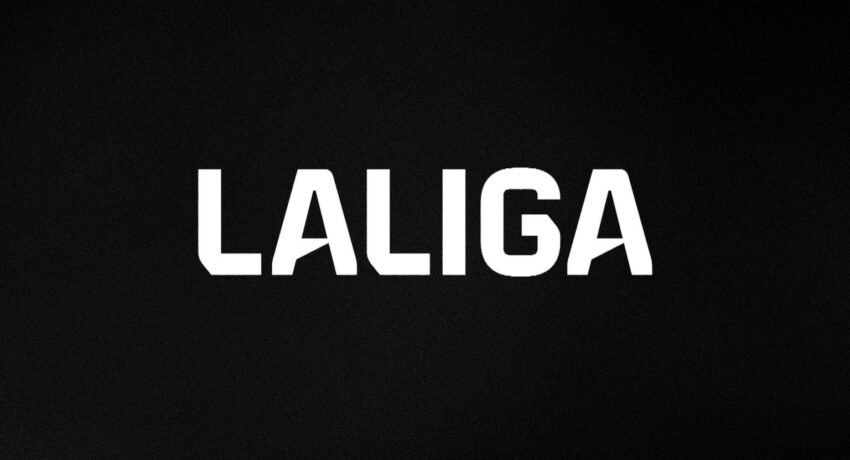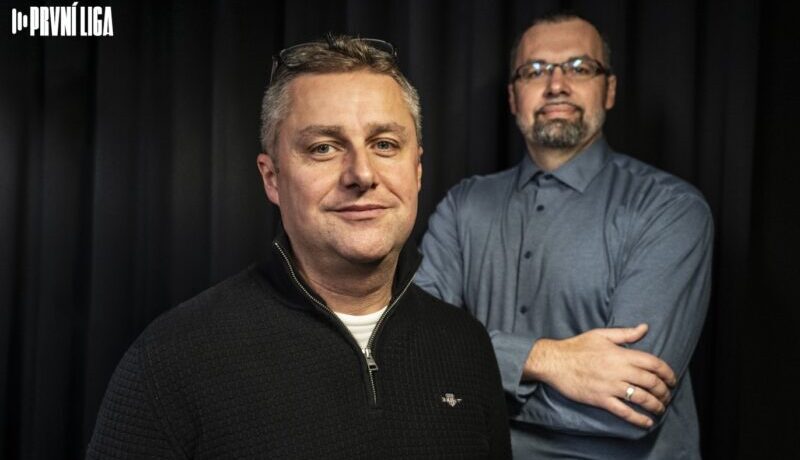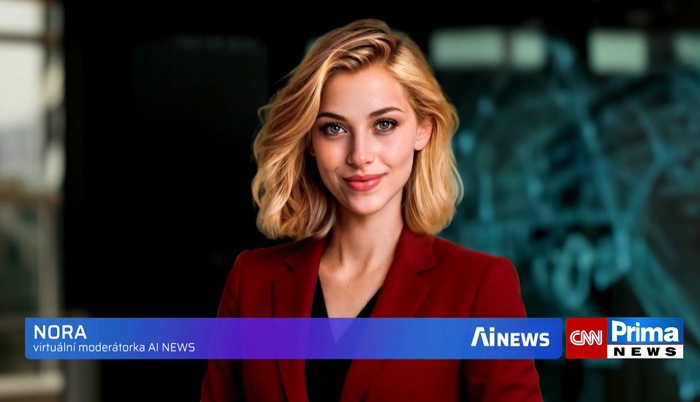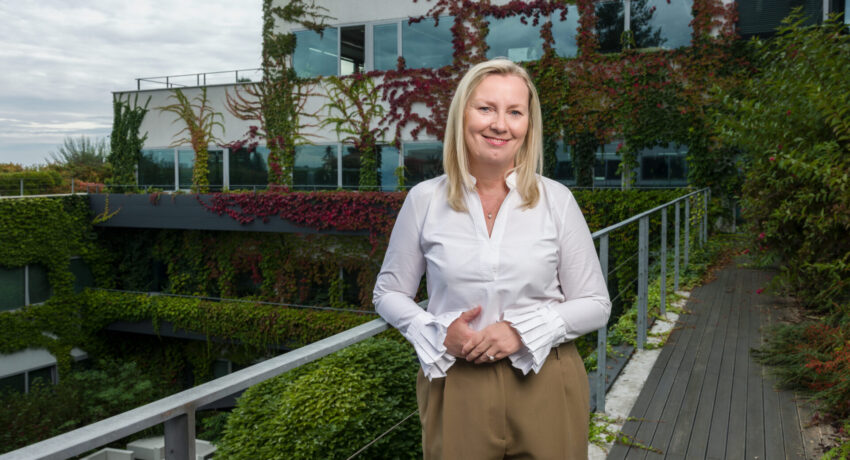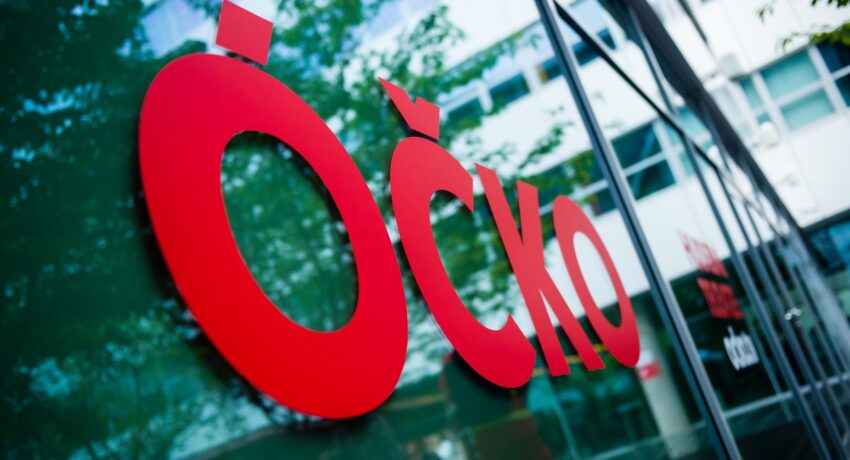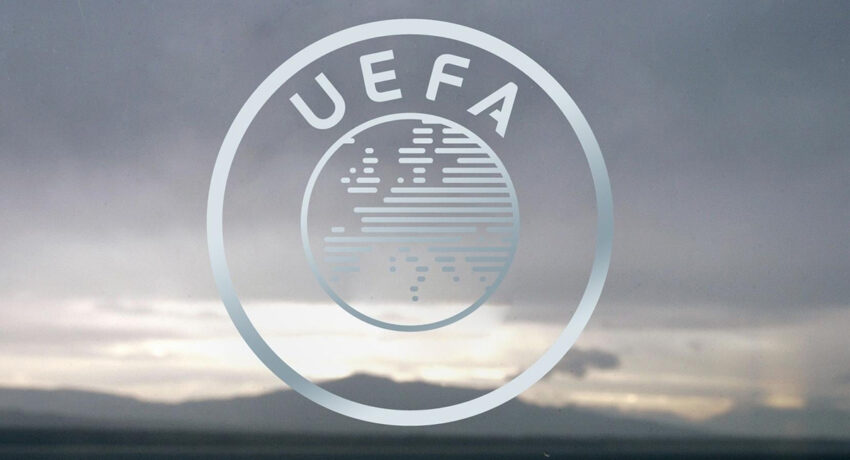The Czech International AI Film Festival 2025 will showcase top films selected from more than a thousand submissions, offer meetings with experts and filmmakers in a panel discussion, and culminate in an award ceremony. An exceptional opportunity to see the future of film on the big screen awaits you. This year CIAIFF is entering its biggest and strongest year yet, with a record number of entries from around the world and ambitions to become one of the leading AI film festivals in Europe.
The Czech Association of Artificial Intelligence (CAAI), in collaboration with YDEAL and the zero1cine platform, invites all of you who are interested in where filmmaking is heading to the third edition of CIAIFF, an event with an international reach that brings together film, art and technology and proves that AI is not just a technical tool, but also a creative partner capable of turning dreams, ideas and a distinctive vision into a cinematic reality.
Czech Association of Artificial Intelligence (CAUI), the leader of the Czech AI ecosystem, together with partner agency YDEAL and platform zero1cine presents the third edition of the Czech International AI Film Festival (CIAIFF), a unique event that connects filmmaking, technological innovation and new forms of visual storytelling. The festival will take place on 13 December 2025 at Prague’s Cinema City Slovanský dům.
“CIAIFF is not just a film festival, but a laboratory of the future. It shows that AI in film is not a substitute for human creativity, but a multiplier of it. Prague is thus becoming one of the world’s centres of film innovation,”
says Lukáš Benzl, Director of the Czech Association of Artificial Intelligence.
CIAIFF is one of the pioneering festivals of its kind in Europe and has long shown that AI is not just a technology, but also a creative partner that can capture the imagination, dreams and thoughts of creators in a way that the classic camera cannot. After successful editions in 2023 and 2024, which captivated media from Wired to Forbes, the festival comes this year in its biggest form yet.
International competition and record number of entries
More than 1,300 films from all over the world entered the competition section, from which the curators selected the ultimate selection of the best works of contemporary AI cinema. The festival will award prizes in nine main categories:
- Best AI Film
- Best Science Fiction
- Best Documentary
- Best Experimental Film
- Best Music Video
- Best Screenplay
- Best Photography
- Best Sound Design
- Creative use of AI
The programme also includes special prizes from partners Curious Refuge, Eleven Labs and Minimax to support the winners with education, equipment and further development of their work.
International jury and inspiring guests
Winners will be decided by an expert jury of leading creators, producers and AI innovators:
- Odair Faléco, festival president and award-winning director
- Gaby Sitt, film director
- Mauricio Tonon, technical AI artist
- Michaela Ternasky-Holland, internationally acclaimed filmmaker
The accompanying programme will feature appearances by prominent figures who are pushing the boundaries of film and digital filmmaking, including:
- Boris Eldagsen, visual artist and AI photography pioneer
- Justin Hackney, co-founder of Wonder Studios
- Elliot Grove, founder of Raindance Film Festival
Project blocks, networking and ceremony
The festival will offer a half-day programme including screenings of films in competition, discussion panels, meetings with filmmakers and AI experts. The highlight of the evening will be the award ceremony for the winners of each category.
“While cameras only capture what is in front of the lens, AI captures and translates what is happening in the mind of the artist, in their imagination and dreams, and this is unique to this medium,”
says Odair Faléco, president of the festival.
Since its inception, CIAIFF has profiled itself as a global platform connecting professional filmmakers, AI creators, technology innovators and the general public. This year’s edition aims to show that the future of film is not just beginning, it is already underway.
CIAIFF is a platform open to filmmakers and lovers of film, art and technology – it doesn’t matter if you are an established filmmaker, a visual artist, an AI enthusiast or just someone who wants to see where film is heading in the new decade. The festival will appeal to anyone who believes that AI can bring new aesthetics, new forms of storytelling and push the boundaries of creativity. It’s also a unique opportunity for young talented filmmakers – the competition is international and open to anyone who uses AI as a major creative tool.
Practical information:
Date: 13 December 2025 from 15:00
Cinema City – Slovanský dům, Na Příkopě 22, Prague
Tickets: available now on GoOut (previous editions were sold out)
Source: asociace.ai


